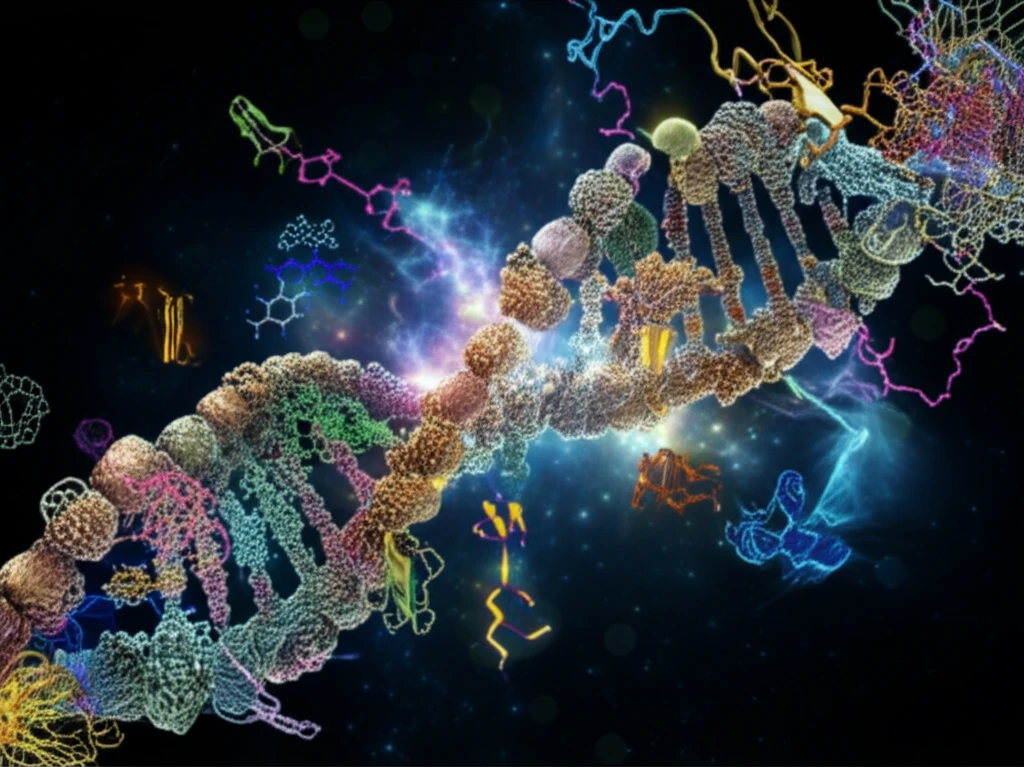
Decoding OMICS: A Beginner's Guide to Personalized Health
"Unlock the Secrets of Your Body: Exploring the World of Genomics, Proteomics, and Beyond."
Imagine a future where your doctor tailors treatments specifically to your unique biological makeup. This isn't science fiction—it's the promise of OMICS, a revolutionary approach to healthcare that's rapidly gaining momentum. But what exactly is OMICS, and how can it impact your health?
OMICS represents a collection of scientific disciplines like genomics, proteomics, lipidomics, and metabolomics. Each one focuses on comprehensively analyzing a different layer of biological information within your cells and body. By integrating these layers, researchers and clinicians can gain an unprecedented understanding of individual health and disease.
Think of your body as a complex orchestra. Genomics looks at the musical score (your DNA), proteomics studies the instruments (proteins), metabolomics analyzes the sounds produced (metabolites), and so on. By listening to the entire orchestra, we get a complete picture of what's happening, enabling more precise and effective healthcare strategies.
OMICS Explained: Your Body's Blueprint

Let's break down some of the key players in the OMICS field:
- Genomics: This examines your entire genetic code, or genome. It helps identify predispositions to diseases, predict drug responses, and understand how genes interact with the environment. Think of it as understanding the complete instruction manual for your body.
- Proteomics: This focuses on proteins, the workhorses of your cells. Proteomics helps us understand which proteins are present and active in different tissues and under different conditions. This is crucial because protein activity is often a direct indicator of health or disease.
- Metabolomics: This studies metabolites, small molecules that are the end products of metabolism. Metabolites provide a snapshot of your current physiological state and are influenced by diet, lifestyle, and environmental factors. Analyzing metabolites can reveal biomarkers for disease and help monitor treatment effectiveness.
- Lipidomics: This examines all the lipids (fats) in your body. Lipids play essential roles in energy storage, cell structure, and signaling. Lipidomics can help us understand and manage conditions like heart disease and diabetes.
- Transcriptomics: This focuses on the transcriptome, which represents the complete set of RNA transcripts in a cell or population of cells. Transcriptomics reveals which genes are actively being expressed, providing a dynamic view of cellular activity.
The Future of You: Getting Started With OMICS
OMICS is rapidly transforming healthcare, offering the potential for earlier diagnoses, more effective treatments, and personalized prevention strategies. While widespread clinical application is still evolving, the future is bright. Stay informed, ask questions, and embrace the power of OMICS to take control of your health.
